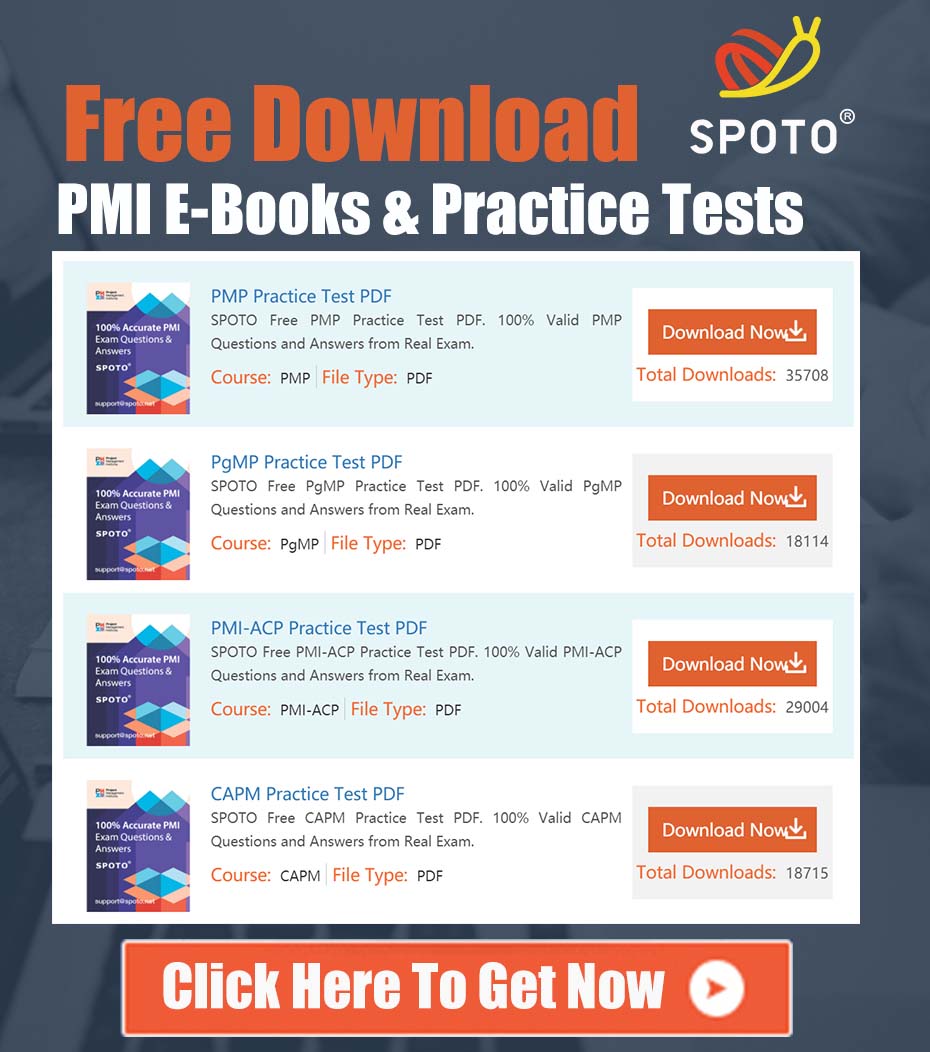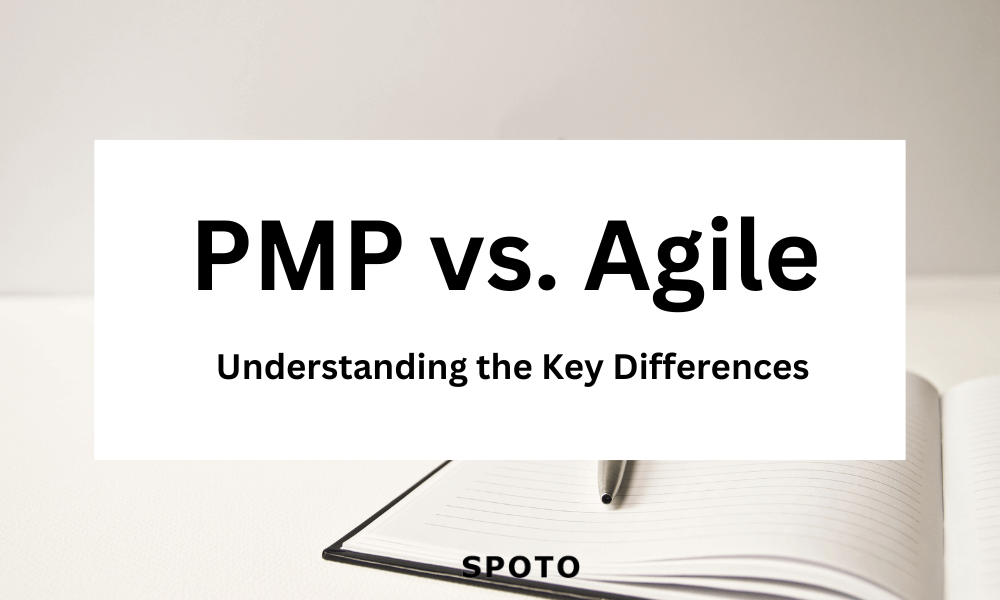
Introduction
In the ever-evolving world of project management, two methodologies stand out for their distinct approaches and widespread adoption: PMP (Project Management Professional) and Agile. Both methodologies offer unique perspectives on project management, catering to different project requirements and team dynamics. PMP, with its structured framework, emphasizes thorough planning and control, making it suitable for projects with well-defined scopes. On the other hand, Agile prioritizes flexibility and customer collaboration, making it ideal for projects with changing requirements. Understanding the key differences between these methodologies is crucial for project managers to choose the right approach for their projects.
II. Understanding PMP (Project Management Professional) Approach
A. Definition and principles of PMP
The Project Management Professional (PMP) is a globally recognized professional certification that validates a professional's education and experience in project management. Rooted in traditional project management methodologies, PMP follows the Project Management Body of Knowledge (PMBOK) which outlines a comprehensive set of standards, terminologies, and guidelines for managing complex projects. Central to the PMP approach are five process groups: initiating, planning, executing, monitoring and controlling, and closing.
B. Key characteristics and benefits of using PMP
The key characteristics of PMP include a robust structured approach, clear roles and responsibility delineation, and an emphasis on comprehensive documentation. Benefits of using PMP encompass enhanced risk mitigation due to rigorous project planning, improved control and tracking of project stages, and highly predictable project outcomes due to a stringent emphasis on timescales and budgets. Adherence to PMP standards establishes a common language among project management professionals around the world, facilitating effective communication and cooperation across geographical, cultural, and industrial gaps.
C. PMP certification and its importance in the industry
PMP certification is a valuable asset within the business and project management industry. Not only does it validate an individual’s competence in handling complex projects, but also enhances their credibility among employers and peers. A PMP certified professional often commands a higher salary than their non-certified counterparts due to the recognition of their skill set. Moreover, the certification aids in bridging language and culture barriers in international business environments, creating a coherent understanding of project management processes worldwide.
III. Understanding Agile Approach
A. Definition and principles of Agile
Agile, as the name suggests, focuses on adaptability and continuous improvement. It is a project management and product development approach that relies on iterative development, flexibility and enhanced collaboration. Instead of delivering the project in single, full completion mode, Agile divides projects into smaller, manageable units or 'sprints'. The primary principles of Agile are centered around customer satisfaction, team cooperation, frequent deliveries, and sustainable development.
B. Key characteristics and benefits of using Agile
The Agile approach comes with several unique traits that set it apart from traditional methods. These include its emphasis on people and interactions over processes, working software as an indicator of progress, openness to changes even late in development, and regular reflections for continuous improvement. Among the benefits of Agile are faster time-to-market, efficient use of resources, ability to adapt to change, increased customer satisfaction, and improved team morale.
C. Agile methodologies and frameworks (e.g., Scrum, Kanban)
- Scrum: Scrum is an Agile framework that breaks down complex projects into smaller, manageable tasks handled and reviewed by the team in intervals, called 'sprints'. It promotes transparency, inspection, and adaptation.
- Kanban: Another Agile framework, Kanban, is known for its visual representation of work. Using Kanban boards, teams can streamline their workflows and maximize efficiency by limiting the number of work-in-progress items.
Ⅳ. Choosing the Right Project Management Approach
Deciding on the ideal project management methodology is a pivotal step that involves considering various factors such as project size, complexity, stakeholder expectations, and team dynamics. This decision can significantly impact the project's success and efficiency.
Factors to Consider When Deciding Between PMP and Agile
When evaluating whether to implement the Project Management Professional (PMP) or Agile approach, it is essential to analyze several aspects. These include the project’s scope, the need for flexibility, the client’s involvement level, and the project delivery timeline. Additionally, the team’s experience with methodologies and the importance of certification for the project or organization play critical roles.
Suitability of PMP for Different Types of Projects
The PMP methodology shines in scenarios where projects are characterized by a well-defined scope and a fixed budget. Projects that benefit the most from PMP are those requiring strict regulatory adherence, extensive documentation, and a linear progression, such as construction, aerospace, and defense projects.
Suitability of Agile for Different Types of Projects
Agile methodologies, on the other hand, are best suited for projects that demand high levels of flexibility and rapid adaptation to change. Software development, marketing campaigns, and product development projects thrive under Agile due to their iterative nature, which accommodates evolving requirements and fosters innovation.
Balancing Project Requirements, Timelines, and Team Dynamics
-
For projects with clear, unchanging requirements and a predetermined timeline, the structured approach of PMP provides a reliable roadmap for success.
-
In contrast, projects that are likely to experience frequent scope changes or require fast-paced development benefit from Agile’s adaptability and iterative feedback loops.
-
Ultimately, the choice between PMP and Agile should be informed by a thorough analysis of the project’s specific needs, the team’s working style, and the desired project outcomes.
Ⅴ. Conclusion
In the exploration of PMP and Agile methodologies, we've dissected the distinct principles, practices, and benefits that each framework offers to project management. The choice between PMP and Agile hinges on the specific demands of the project, team dynamics, and the overarching goals of the organization.
For those seeking to expand their understanding and application of these methodologies, numerous resources are available. Professional certifications in both PMP and Agile not only validate a practitioner's skills but also pave the way for advanced project management strategies. Interested individuals are encouraged to consult the Project Management Institute (PMI) for PMP resources, and the Agile Alliance or Scrum Alliance for comprehensive guides on Agile practices.
Latest Passing Reports from SPOTO Candidates
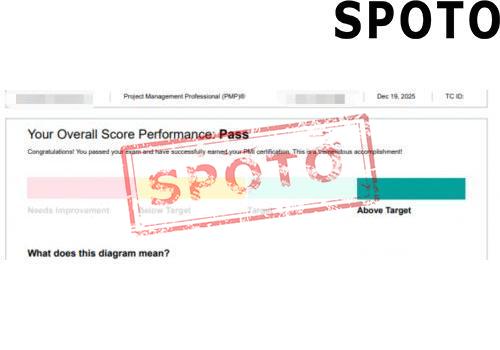
PMI-PMP-P
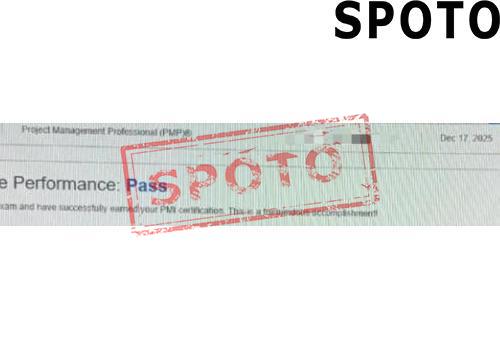
PMI-PMP-P
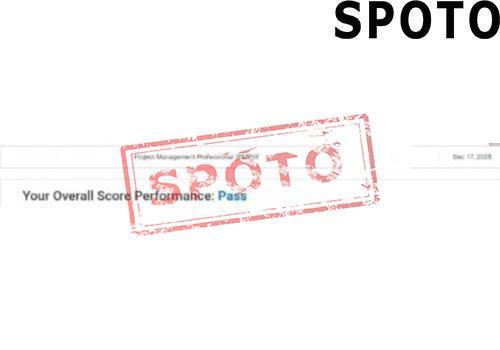
PMI-PMP-P
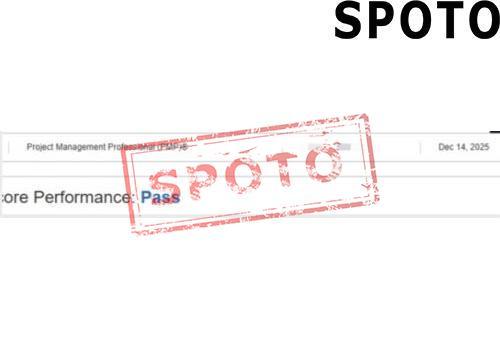
PMI-PMP-P
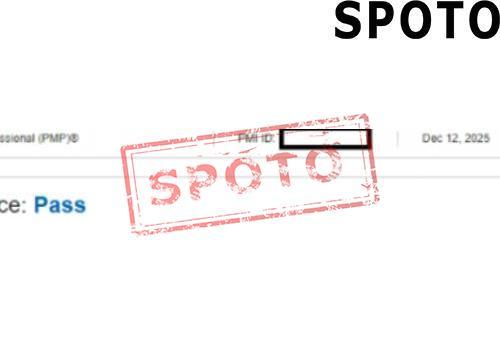
PMI-PMP-P
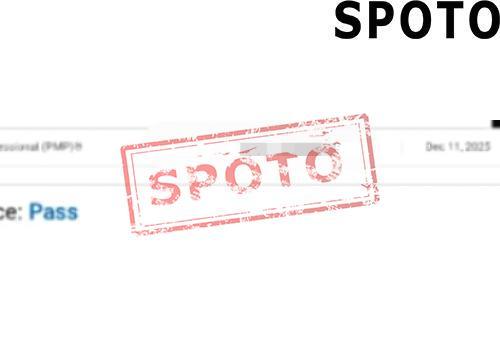
PMI-PMP-P
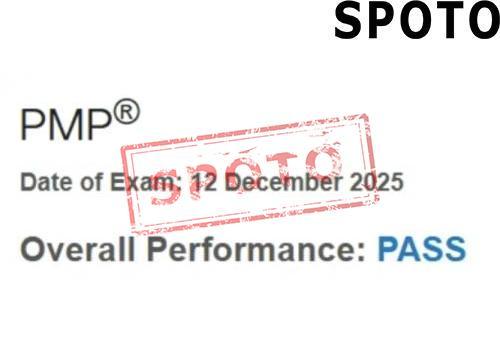
PMI-PMP-P
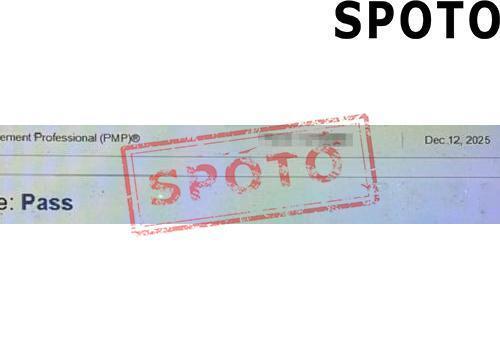
PMI-PMP-P

PMI-PMP-P
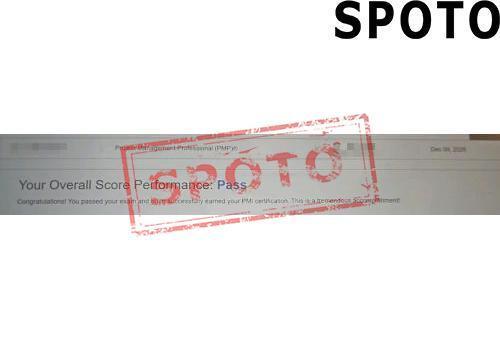
PMI-PMP-P











